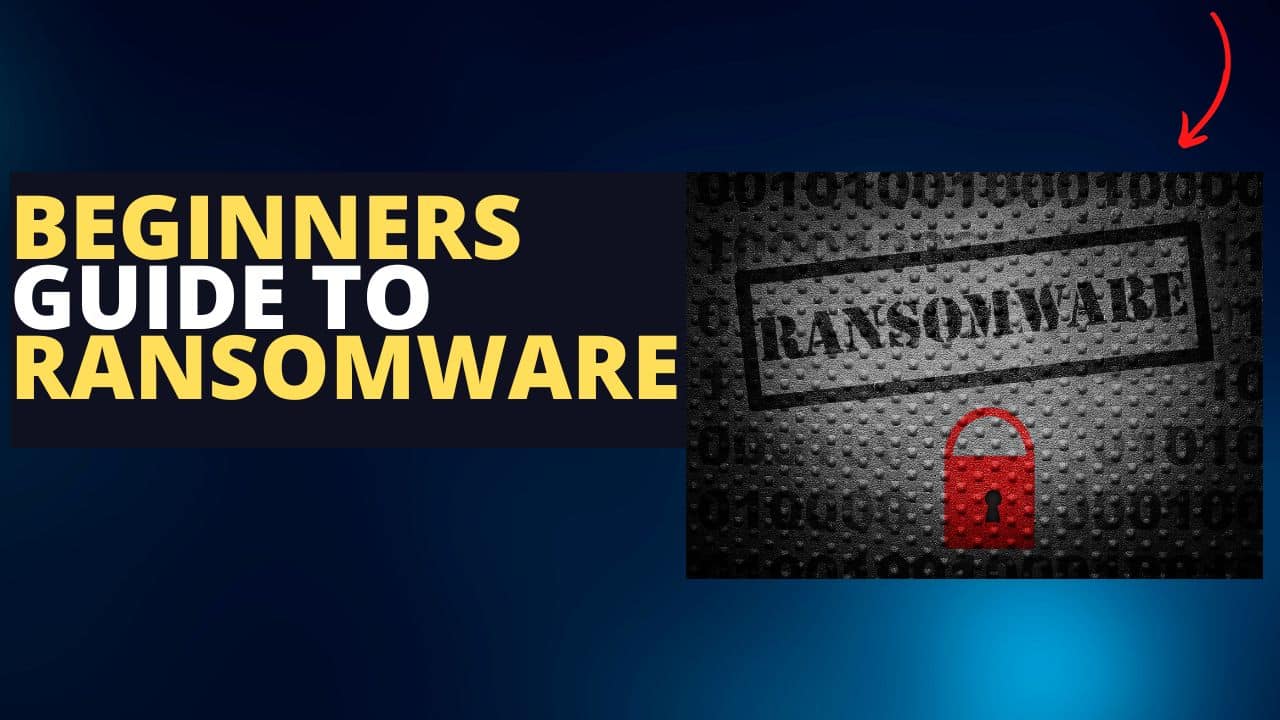Ransomware Definition
Ransomware is malicious software that infects computer systems and makes them inaccessible or unusable until the owner pays a ransom. It encrypts all the files on the infected computer, rendering them unreadable and effectively locking the user from accessing them. The attacker using ransomware software, then demands payment for a decryption key to unlock those files.
Ransomware attacks are usually delivered via email attachments, malicious websites, or vulnerable software. They say ransomware infections can devastate individuals and small businesses, which often don't have robust backup systems or cybersecurity measures. Once infected with Ransomware, victims are left with few options: pay up the ransom demand (which may not guarantee that their files will be restored), attempt to remove the malware themselves (which can be time-consuming and complicated), or lose all their data.
Overall, Ransomware is one of the most significant threats facing individuals and businesses today. As attackers continue developing more sophisticated methods of encrypting ransomware and delivering malware, everyone must stay vigilant against these attacks by keeping software updated, avoiding suspicious emails and websites, and investing in solid cybersecurity measures.
If you looking for free protection that can help today, check out our article on Bitdefender Traffic light. Still, we recommend using Bitdefender Total Security Anti-Virus for a complete Virus and Malware protection package. They have a sale on now so you may be able to bag a bargain, and please note I do not receive any money if you decide to make a purchase from Bitdefender.
With 24 years of experience in IT and 16 working in Network Security, this is the Anti-Virus package I have used for the last decade and the only one that I would recommend too people.
You may also like to check our related article on Social Engineering
Examples of Ransomware Attacks
One of the most infamous ransomware attacks in recent history is WannaCry. This attack spread rapidly across networks and infected hundreds of thousands of devices in over 150 countries within days. It exploited a vulnerability in Microsoft's Windows operating system and demanded ransom payment made in Bitcoin for the decryption key.
Another example of ransomware variants is Petya, first discovered in 2016 but resurfaced with a new variant called NotPetya in 2017. Unlike traditional Ransomware that encrypts files, Petya targets the computer's master boot record (MBR) and prevents it from starting. The attackers then demand payment to restore access to the device.
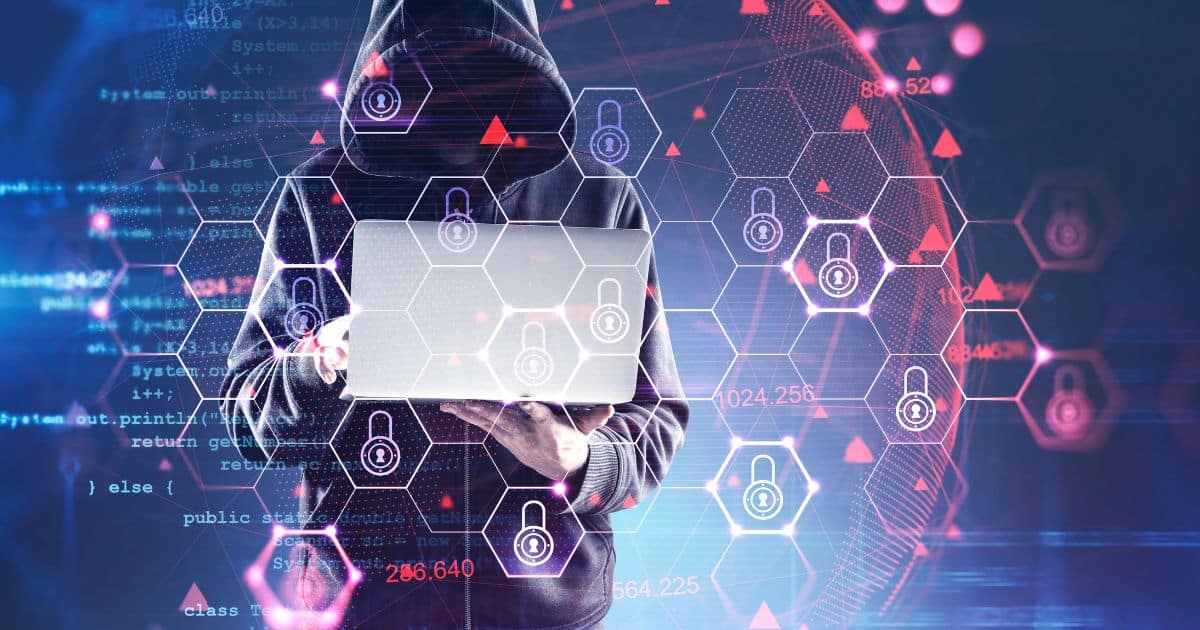
Lastly, Locky is another well-known, popular ransomware variant between 2016-2017. It spreads via spam emails containing malicious attachments or links that, when clicked, download the malware onto the victim's computer. Locky encrypts all files on the device and demands payment for their release.
How Do Hackers Use Ransomware?
Hackers use Ransomware as an easy and lucrative way to make money quickly. They target businesses and individuals who are most likely to pay the ransom demanded by them. Some hackers even offer customer support services to help victims pay the ransom and decrypt their files. Hackers also use Ransomware to steal sensitive data from victims before encrypting it, which they can later sell on dark web marketplaces.
Hackers use Ransomware as a weapon of choice because it requires little effort and offers quick financial gains. As ransomware families, individuals and businesses must take preventive measures against such attacks by regularly backing up their data and having reliable anti-malware software in place.
How Serious is a Ransomware Attack?
A ransomware attack is not something that should be taken lightly. The consequences of a successful attack on locker ransomware can be severe and long-lasting. Once your computer or network has been infected, Ransomware will typically encrypt all the files on your system, rendering them inaccessible without the correct decryption key. This means you will lose access to important documents, photos, or other data stored on your computer.
The attackers then demand payment for the decryption key to unlock your files. They may take ransom payments and threaten to delete your data if you do not pay up. Even if you pay the ransom, there is no guarantee that you will receive the decryption key or that it will work properly. You may also wish to check out the Ponemon Ransomware Study

In addition to the financial cost of encrypting files or paying a ransom, there are other costs associated with a ransomware attack. These can include lost productivity while attempting to regain access to encrypted files and damage to your company's reputation if sensitive information is leaked during the attack. Therefore individuals and businesses alike need to take steps such as regular backups and security measures against phishing attacks to prevent such an incident from occurring in their systems.
What is the WannaCry Ransomware Attack?
The WannaCry ransomware attack was a massive cyberattack that occurred in May 2017. It affected over 200,000 computers across the globe, causing widespread panic and damage. The WannaCry Ransomware exploited a vulnerability in Microsoft Windows operating systems to spread rapidly through networks and encrypt files on infected machines, demanding payment in Bitcoin for their release.
The attack was devastating because it hit critical infrastructure, such as hospitals and transportation systems. In some cases, patient care was disrupted as medical records became inaccessible. The total cost of the attack is estimated to be billions of dollars.
The WannaCry ransomware attack highlighted the importance of cybersecurity and the need for businesses and individuals to protect themselves from such threats, which includes regularly updating software with security patches, using strong passwords, backing up essential data, and being wary of suspicious emails or links.
How Does Ransomware Spread
Ransomware is malicious software that can infect your computer and cause significant harm. One of the most concerning aspects of Ransomware is how quickly it can spread throughout a network. Ransomware typically spreads through email attachments, phishing scams, or malicious websites. When a user clicks on an infected attachment or link, the Ransomware will begin to encrypt files on the device and spread to other computers within the network.
Another way that Ransomware can spread is through unsecured networks or devices that need to be correctly updated with security patches. Hackers can exploit vulnerabilities in outdated software to gain access to an apparatus and install malware without detection. Additionally, Ransomware may be distributed via social media platforms where links seem innocent but lead users to download infected software.
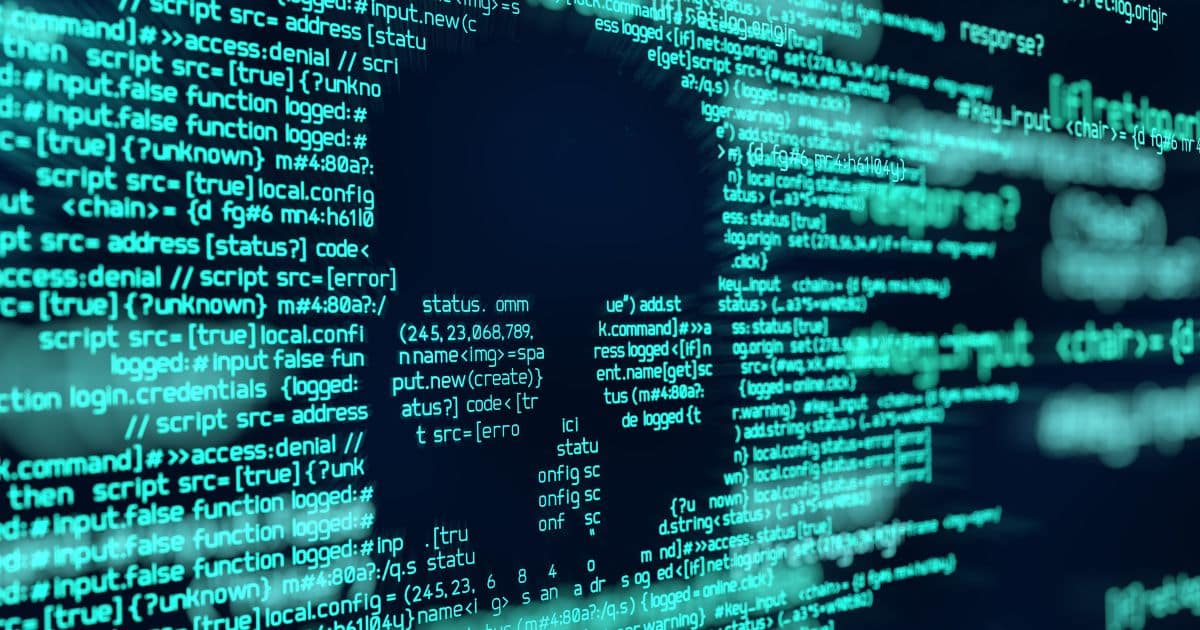
To protect against these attacks, it's essential to regularly update all devices with the latest security patches and use antivirus software that detects and removes malware infections. It's also crucial for individuals and organizations alike to remain vigilant about suspicious emails, links or downloads and have regular backups of essential data stored in different locations should any instance of data loss occur due to an attack from Ransomware.
The First Step: Initial Access Leads to Ransomware
Once a hacker gains initial access to a victim's system, it's only a matter of time before they can deploy their ransomware payload. The first step in this process is often to gain a foothold in the network through phishing emails or exploiting vulnerabilities. From there, hackers can escalate their privileges and move laterally throughout the infected system to find valuable data.
Unfortunately, modern ransomware attacks are becoming increasingly sophisticated, with hackers using advanced techniques like social engineering and fileless malware to bypass traditional security measures. In some cases, ransomware attackers may even spend weeks or months mapping out their target's systems and gathering information before launching an attack.
To prevent initial access from leading to ransomware infection, organizations must reduce the attack surface of their networks, including implementing strong password policies, keeping software up-to-date with patches and updates, and educating employees on identifying and avoiding phishing emails. Additionally, businesses must have effective backup solutions in place so that they can quickly recover from any successful attacks that do occur.
Ransomware News
Ransomware attacks continued to make headlines in 2021, and businesses must proactively protect themselves from potential cyber threats. Ransomware is malware that encrypts files on a computer system and demands payment for the decryption key. One recent example of ransomware protection is the Colonial Pipeline ransomware attack, which caused gas shortages across the eastern United States. The FBI has warned that these attacks are becoming increasingly common, making it vital for businesses to take preventative measures.
The first step in protecting against Ransomware is ensuring regular data backups are performed so businesses can restore their systems without paying the ransom if an attack occurs. Additionally, it's crucial to ensure that all software and operating systems are updated regularly with security patches, as these updates often fix vulnerabilities exploited by hackers. Finally, employees should be educated about phishing scams and other social engineering tactics cybercriminals use to access company data.
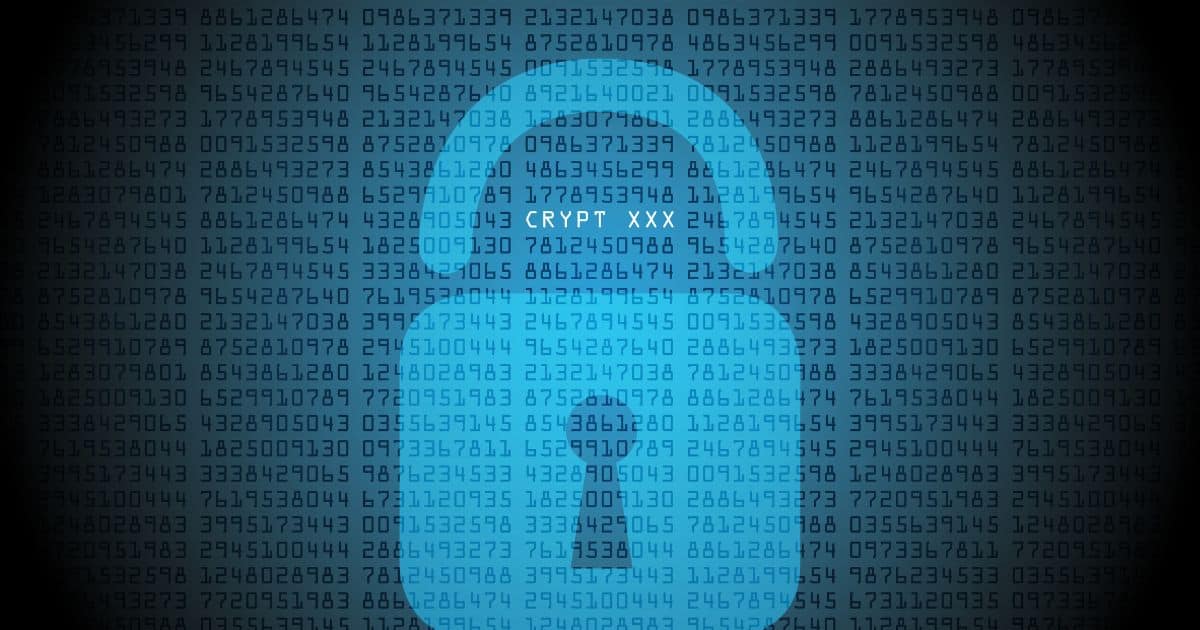
With more companies relying on remote work due to the pandemic, there's an even greater need for vigilance against cyber threats like ransomware attacks. By implementing proper cybersecurity protocols and educating staff members about potential risks, businesses can reduce their chances of falling victim to these malicious attacks.
Is It Possible o Remove Ransomware?
Yes, it is possible to remove Ransomware from your computer. The first step in eliminating Ransomware is disconnecting your device from the internet and other network connections. This will prevent the malware from spreading throughout your network or communicating with its command and control server. Next, you should scan your device with antivirus software that has been updated to detect and remove the specific type of Ransomware infecting your system.
If you cannot remove the Ransomware using antivirus software or if the malware prevents you from accessing specific files or applications, you may need to use a specialized tool designed for removing particular types of Ransomware. In addition to mobile ransomware, some cybersecurity companies offer free decryption tools that can help you recover encrypted files without paying a ransom.
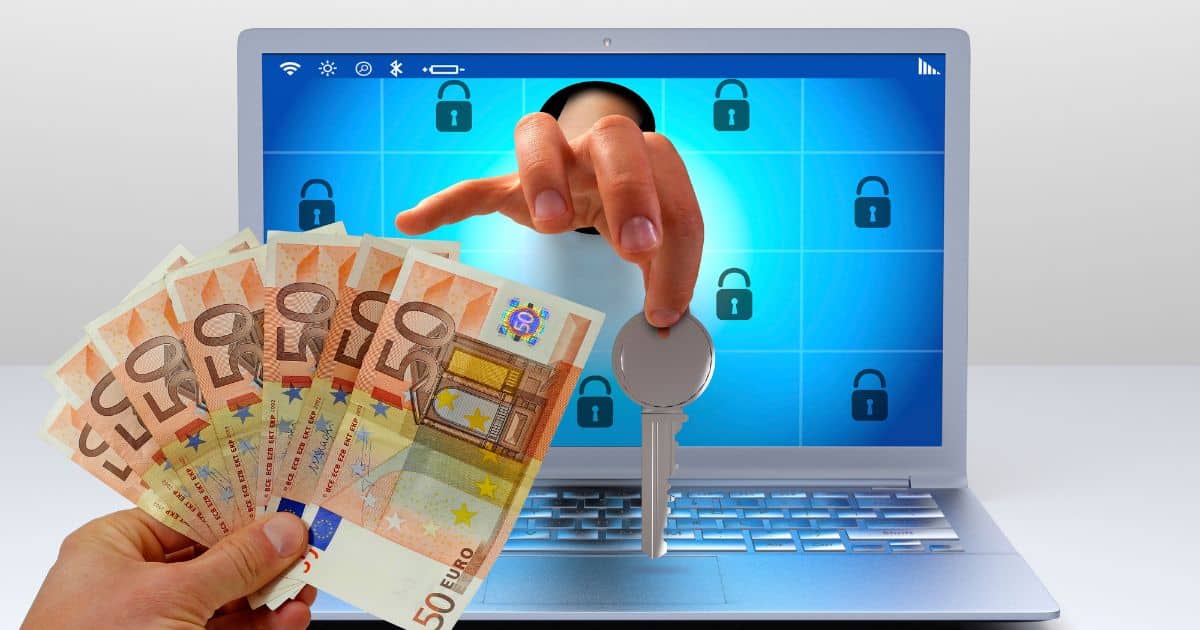
Finally, it's essential to prevent future attacks by keeping your operating system and all software up-to-date with security patches, avoiding suspicious emails and websites, and regularly backing up important data. These precautions can minimize the risk of falling victim to a future ransomware attack.
Ransomware Prevention and Detection
To prevent ransomware attacks, it is essential to take proactive measures such as keeping the operating system and software up-to-date, installing antivirus software, creating regular backups of crucial data, and implementing security awareness training for employees. These measures can significantly reduce the risk of a ransomware attack.
However, early detection is crucial to minimize damage in case of an attack. Signs of a ransomware attack include unusual pop-up windows, slow computer performance or freezing screens. Disconnecting from the network immediately upon detecting any suspicious activity is recommended to prevent further spread.
Lastly, it's advisable not to pay the ransom demanded encrypted data by cybercriminals. There are no guarantees that they will restore your files even after payment. Instead, seek professional help from cybersecurity experts who may be able to decrypt affected files without paying any money. With proper prevention and detection strategies, organizations can safeguard their systems against potential ransomware threats and avoid falling prey to such attacks.
Endpoint Protection
Endpoint protection is a ransomware as a service, a critical component of ransomware defence. It refers to the security measures to safeguard endpoints or devices from cyberattacks, particularly ransomware attacks. Endpoints include laptops, desktops, mobile devices, servers, and other systems that connect to a network. Endpoint protection aims to prevent unauthorized access to these devices and protect them from malware infections.
Endpoint protection typically involves installing antivirus software on each endpoint device and ensuring it is up-to-date with the latest security patches. This software will scan for viruses and malicious code that might infect your system. In addition, some endpoint protection solutions offer advanced features like behavioural analysis and machine learning algorithms that detect threats based on their behaviour patterns.
In addition to antivirus software, organizations should implement other best practices like solid password policies, regular data backups, and employee awareness training programs. These measures can help reduce the risk of successful ransomware attacks by making it more difficult for attackers to exploit vulnerabilities in your system or trick employees into clicking on malicious links or attachments. Ultimately, adequate endpoint protection requires a multi-layered approach that combines technology solutions with user education and sound cybersecurity practices.
Conclusion
In conclusion, ransomware attacks are becoming increasingly common and sophisticated. Therefore, it is essential to take proactive measures to protect your computer and data against these malicious attacks. Some precautions include:
Regularly backing up your data.
Installing reliable antivirus software.
Keeping your operating system and applications up-to-date.
Avoiding suspicious links or downloads.
Being cautious when opening email attachments.
Moreover, if you fall victim to a ransomware attack despite taking these measures, it is crucial not to panic or pay the ransom demanded by the attackers. Instead, seek help from professionals who can assess the damage caused by the attack and provide guidance on recovering your data without paying a ransom. Remember that paying whatever ransom is paid does not guarantee that you will regain access to your files or prevent further attacks in the future.
In conclusion, by implementing best practices for cybersecurity and seeking professional assistance when necessary, you can safeguard yourself against this growing threat of ransomware attacks. So stay vigilant and be proactive in protecting yourself online!

